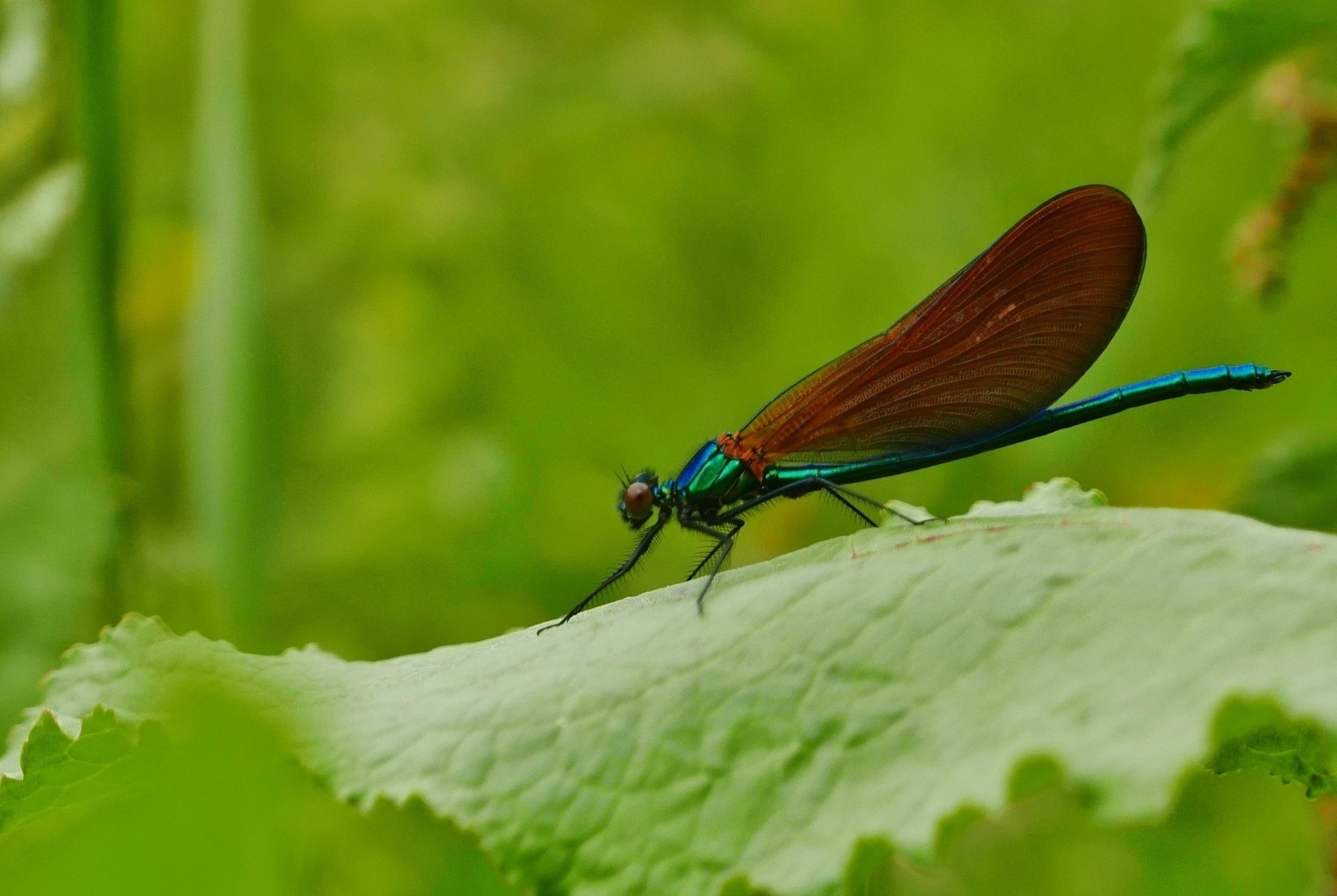Day 22: blue

I’ve been experimenting with this approach to lesson planning recently. Impact on students remains to be seen. Impact on me so far: very positive. More efficient, less wasted planning, more enjoyable to plan.
Day 21: mountain
Himalayan

The Guardian’s new quick cryptic series is aimed at those who “can’t do cryptics”. Each puzzle uses only 5 clue types which are explained at the start. A better introduction than the Quiptic, which is often indistinguishable in difficulty to the full cryptic despite being for beginners.
Day 20: ice

Day 19: birthday

Day 18: mood
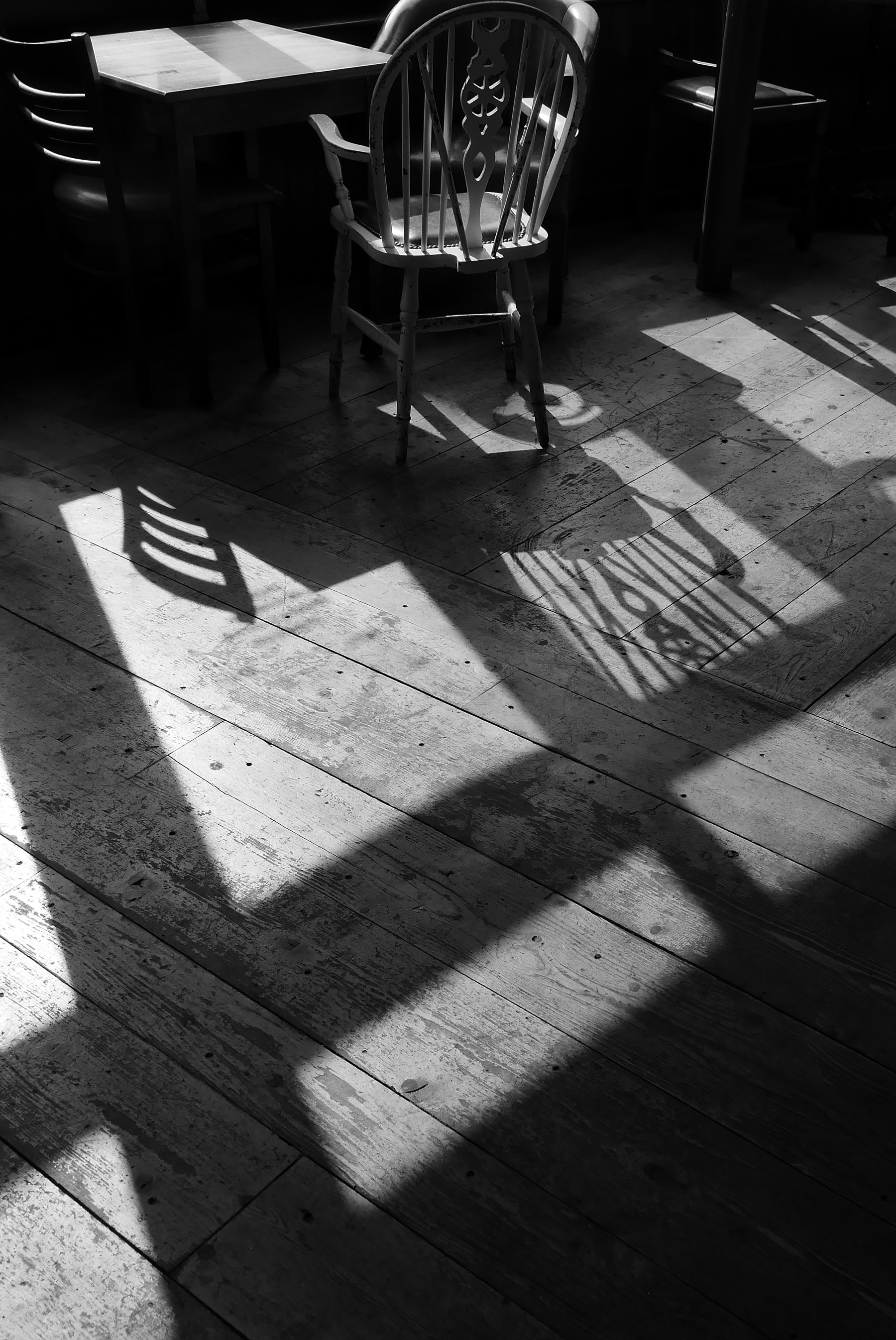
Day 17: transcendence

Day 16: flâneur
Tough prompt
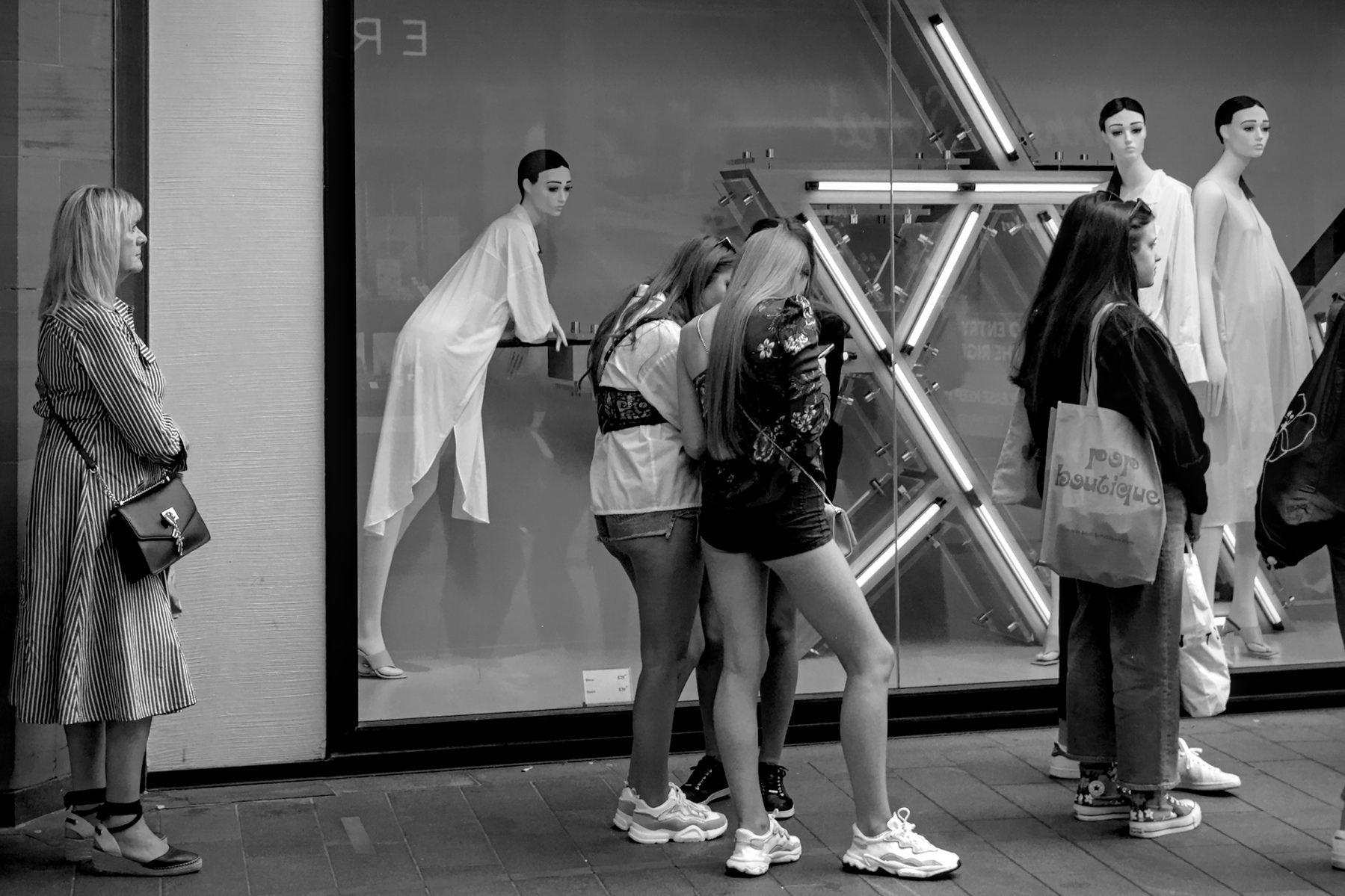
The papers are gaslighting us. Only one front page (the Times, 6th parag.) mentions that Israel bombed an Iranian consulate, killing two generals and several others, just two weeks prior to Iran’s drone response. Not to excuse either side – only to point out this pretty glaring omission of context.
A little knowledge can enrich so much
Today my wife and I took our little one on a walk through the fields and woods near our house. Having only recently moved to this area and having lived mainly in cities as an adult, this is still quite a novelty. It was a lovely walk — our just-turned-two-year-old managed to go for over 90 minutes. I think he complained less than me.
It was even more enhanced by the wildlife we saw. This included a field mouse, a muntjac, and several birds, including goldcrests and jays. A week ago I could not have identified a goldcrest, and until today I could not have identified a jay. But my wife has recently been reading Be A Birder by Hamza Yassin, a beginner’s birdwatching book. She’s since been telling me things about birds and my interest in and knowledge in them has increased. And so on this walk, I was amazed at how much even the most rudimentary knowledge of birds enhanced the experience. I now know the names and at most one fact about some birds (beyond stuff like pigeons and blackbirds), and it was so much more fun than just thinking “oh look, a bird”.
Another time I have had this experience was after listening to the audiobook version of the Great Courses' How To Listen To And Understand Great Music (unsurprisingly a course that does perfectly fine in audio format). While the course touches on many key developments in western music, at its heart is the classical symphony, with particular focus on the sonata-allegro form, a musical structure that appears once or twice in virtually every classical symphony and concerto. Whatever comes to mind when you think “classical music”, from the Beethoven’s 5th or Eine Kleine Nachtmusik to any of Haydn’s hundred-odd symphonies, it’s probably following a standard structure that includes the sonata-allegro form. Learning just this from this course has enhanced my enjoyment of pretty much every symphony. Plus, the lecturer is a hoot.
I often tell my students when they ask something like “Why do I need to know the ratio of a circle’s circumference and diameter?” something like that “You see circles every single day of your life, do you not think you should know the most elementary thing about them?”. I see birds enough times that it’s worth knowing the first damn thing about them, too. Because the basics are, well, basic, you can learn a lot of them very quickly, the cognitive equivalent of “noob gains”. It’s delightful how little it takes to enrich your experience — just some curiosity and a well-made beginner’s guide.
Day 14: cactus
They make great houseplants that require very little watering
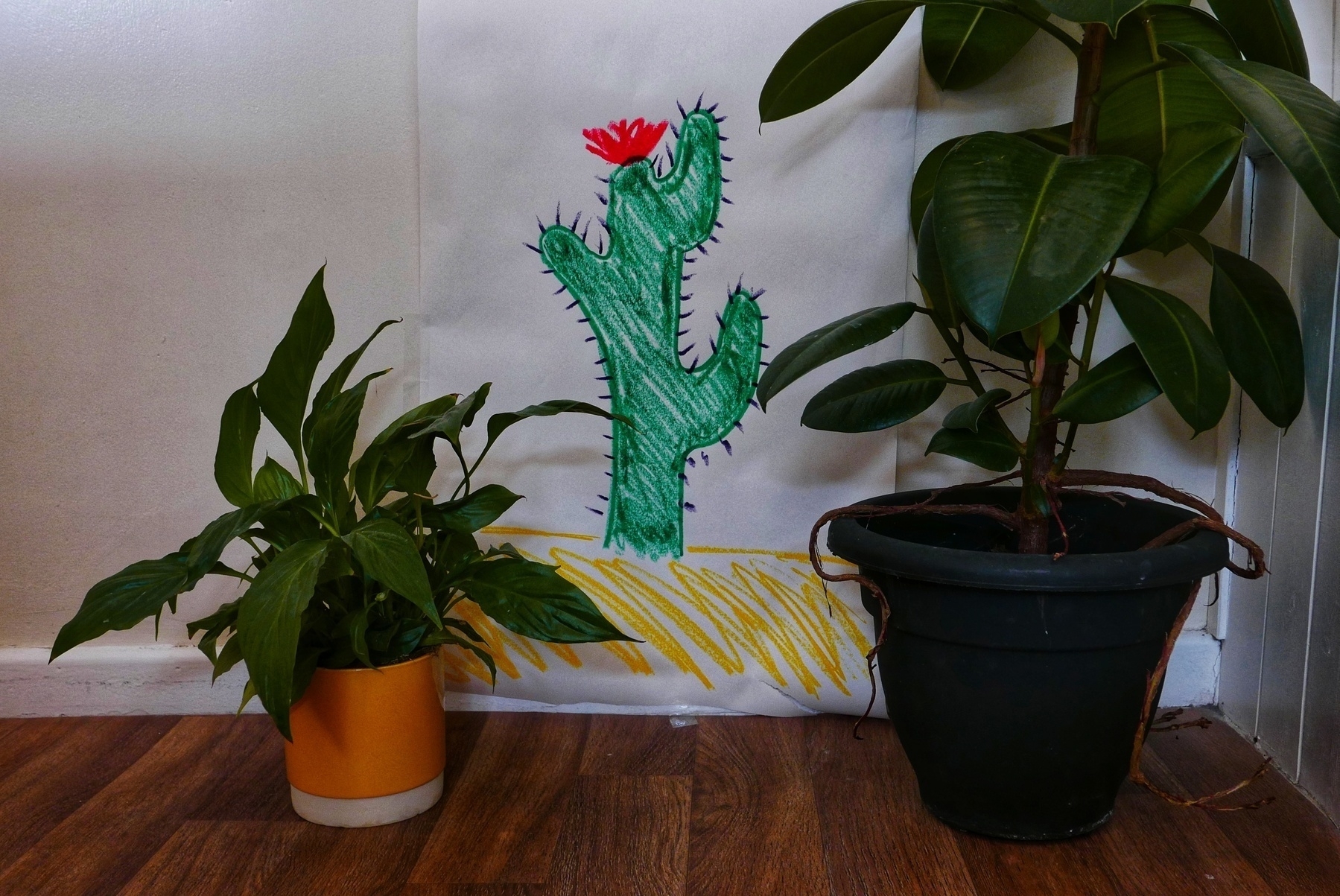
Day 13: page

Day 12: magic
This cat could be familiar?

Day 11: sky
Hoping for some blue skies around here soon

Day 10: Train
Woman on train

Finished reading: Men at Arms by Terry Pratchett 📚
Day 9: crispy
Battered tofu and chips by the seaside in Mumbles
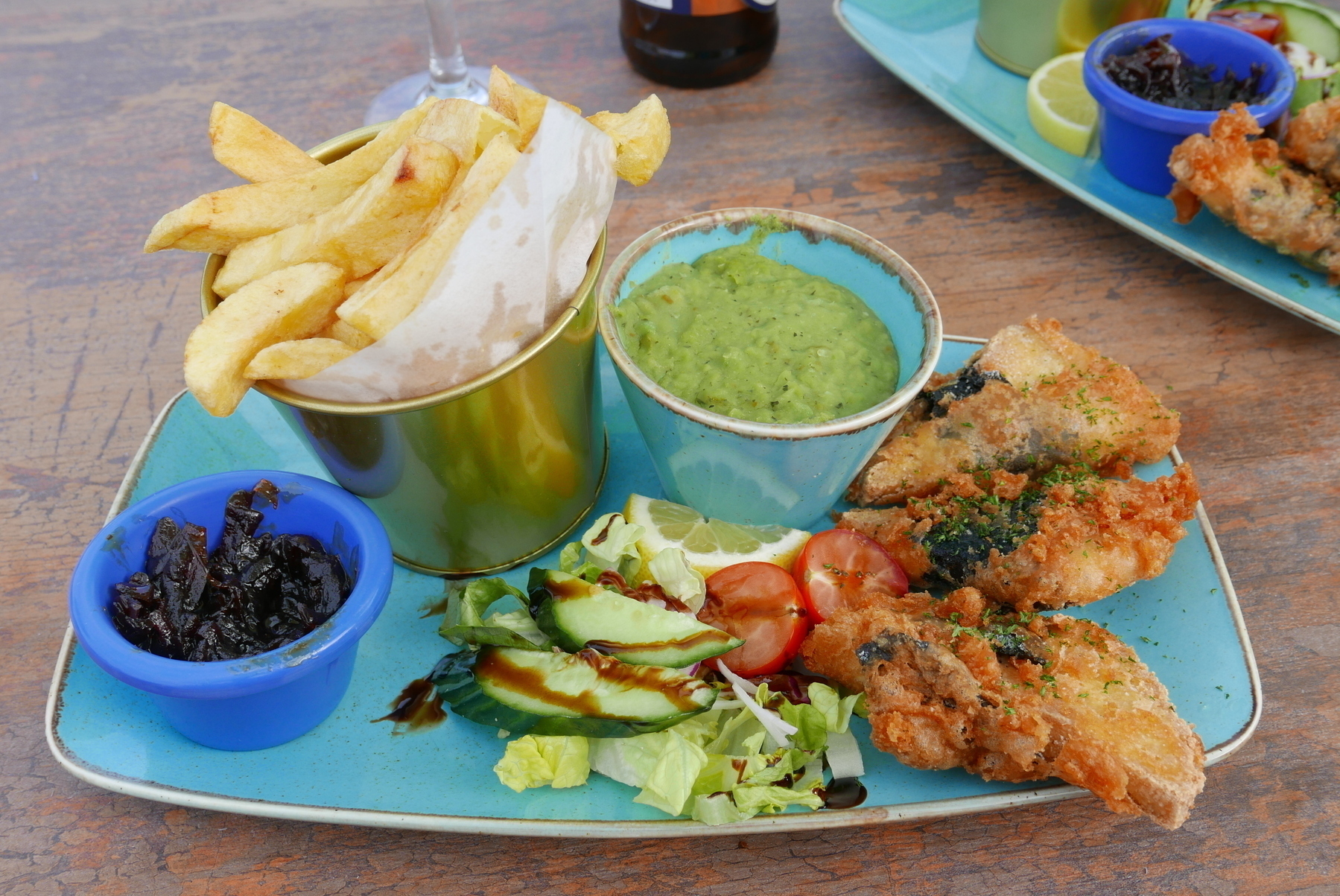
Day 8: Prevention
Outside the offices of the Daily Mail in Manchester

